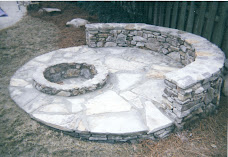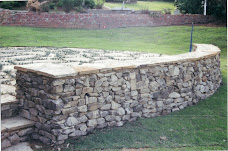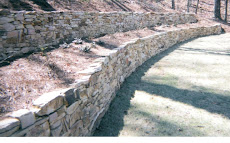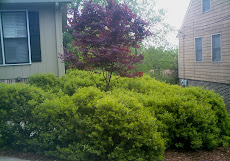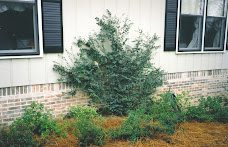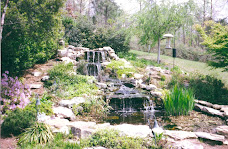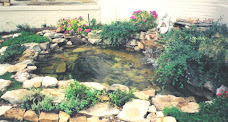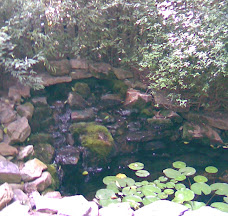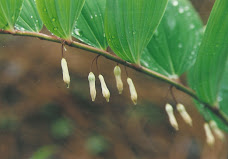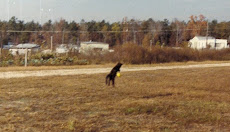A friend and client I have worked with, off and on, recently had their grounds highlighted in Birmingham Magazine. I'm excited and honored that I am mentioned in the article. Most of my participation in helping Julie was done close to 25 years ago. I am proud to see, however, several of the plants I installed still thriving after nearly a quarter century. Make no mistake about it, though, Julie Cash is a creative and knowledgeable plant person. What she has done with her yard is wonderful. Here is some of the article that I was able to pull from the Birmingham Magazine Facebook page.
Gorgeous Gardens of Birmingham: Charming Cottage
Homeowner Julie Cash has been cultivating the grounds of her
Homewood home for more than 26 years. "Our gardens evolve every year,"
says Cash, who
enjoys both the digging and design aspect of
landscape arts. With some help from Rob Huckestein of Harmony
Landscaping, the Cash family has turned their little plot of land into a
personal haven.
"My favorite design element is our stone wall that was built more
than 10 years ago," Cash says. "The wall defines our flower beds and
provides options for trailing annuals, plants of different heights, and
places for us to sit and enjoy our garden and mingle with our
neighbors."
Each spring and autumn, Cash selects different annuals and perennials
to add to her garden. She admits her ideas are constantly changing, but
she stresses the importance of having fun with the designs and trying
new things. "This spring I am planting nasturtiums behind the stone
wall, hoping they will drape over the wall," she says. "I planted poppy
seeds last fall, too, and the babies are
growing well. By March 1, I
plan to start seeds for different varieties of Black Eyed Susans, and I
will plant these in a sunny spot in my backyard."
The avid gardener attributes her success to a few key practices.
"Organic gardening has been a big part of the health of our garden,"
Cash says. She explains that she uses leaf mold and homemade compost
more than any other soil amendments. Though she shops locally for most
of her supplies, she acquires the majority of her seeds from Johnny's
Seeds in Maine. And she also tries to stay vigilant in protecting her
plantings from "the numerous wild
animals in our neighborhood who keep us entertained and frustrated."
All in all, Cash maintains that the work is well worth it. "My
favorite spot is sitting on my steps, watching birds, hanging out with
my dog, and drinking coffee in the morning or wine in the late summer
evenings," Cash says. "But, after just a few minutes, I find a flower in
need of deadheading, a weed to pull, or a flower to pick to go in one
my old glass bottles."
She enjoys seeing pansies, foxgloves, and snapdragons come into
bloom, but she also loves the day-to-day duties of gardening. She says,
"Any day when I have dirt under my fingernails is a good day!"
--By Andrea Fanning | Photos by Jean Allsopp
This story appears in Birmingham magazine's April 2017 issue.






